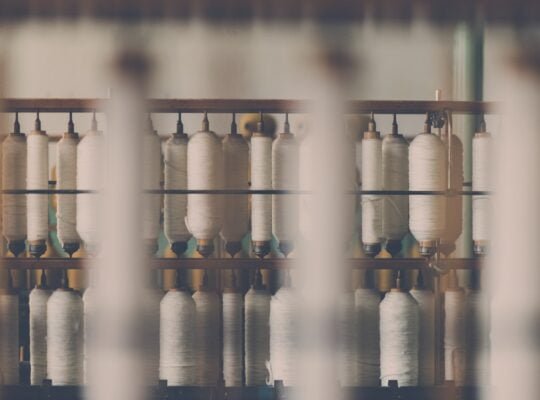Understanding and using these terms can facilitate effective communication and collaboration in the material supply and manufacturing processes.
A list of terms that are regularly used by material suppliers and manufacturers during the production process will help you identify and understand what they are and what they are used for.

These terms are crucial during the production process for several reasons:
- Efficient Communication:
- Standardized terminology makes it easier for suppliers, manufacturers, and quality control teams, among other production parties involved, to communicate with clarity and efficiency.
- Precision in Ordering and Inventory Management:
- Concepts like “Lead Time” and “Inventory Control” assist in accurate material ordering and the maintenance of optimal stock volumes. By doing this, production delays caused by shortages or excess inventory are avoided.
- Quality Assurance:
- Terms like “Quality Control” and “Compliance,” which are associated with quality assurance and control, guarantee products meet specified requirements. This is critical for maintaining customer satisfaction and adherence to regulations.
- Cost Management:
- Understanding terminologies such as “Yield” and “Batch Production” facilitates effective production. Batch production allows for efficient use of resources, and yield management minimizes waste, reducing overall costs.
- Process Optimization:
- Supply Chain Management” and “Production Planning” are two terms that contribute to manufacturing process optimization. While efficient supply chain management reduces interruptions, efficient production planning guarantees on-time delivery.
- Sourcing and Supplier Relations:
- It’s essential to use terminology like “Bill of Materials (BOM)” and “sourcing” when building and sustaining connections with suppliers. A clearly defined BOM facilitates precise material ordering, and proper sourcing guarantees the availability of high-quality materials.
- Environmental and Safety Considerations:
- Terms such as “Lead-Free” and “Compliance” draw attention to how crucial environmental sustainability and safety are becoming. Following these guidelines guarantees moral manufacturing while still satisfying customer demands.
- Technology Integration:
- Terms like “Machining” and “Die-Cutting” highlight how crucial technology is to contemporary manufacturing. Gaining an understanding of this terminology facilitates the incorporation of sophisticated approaches, improving accuracy and productivity.
- Risk Mitigation:
- Understanding concepts like “Logistics” and “Shrinkage” helps in reducing risk. Reducing shrinkage minimizes waste, and effective logistics management lowers the chance of supply chain delays or disruptions.
- Innovation and Prototyping:
- Terms like “Prototype” promote innovation since they enable the testing and improvement of novel concepts before large-scale production. This ensures the production of high-quality products and reduces the possibility of costly errors.

These topics cover a range of essential terms and concepts in the garment, inspection, and general textile realms, providing a comprehensive understanding for those involved in the textile and apparel industry.
In summary, these terms collectively create a standardized and comprehensive language for the production process. They provide a framework for effective collaboration, resource management, quality assurance, and innovation, all of which are essential elements for successful and sustainable manufacturing.





